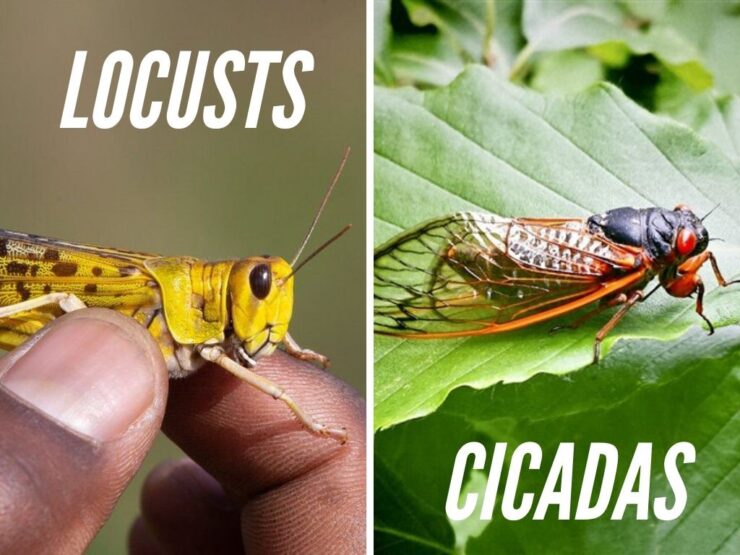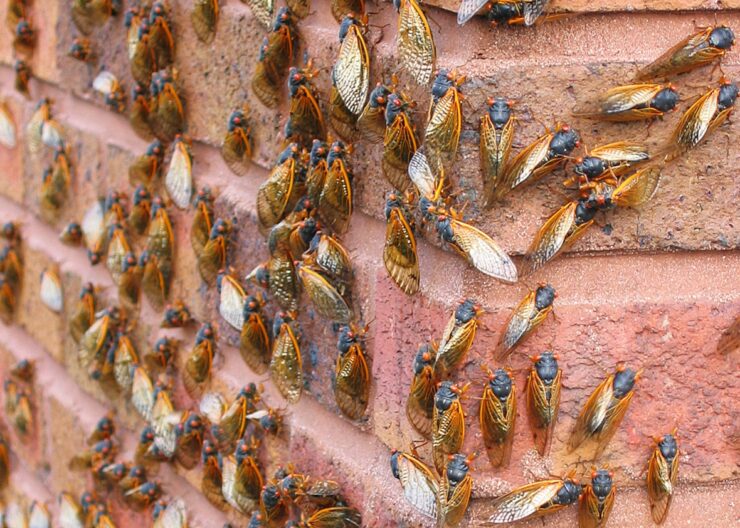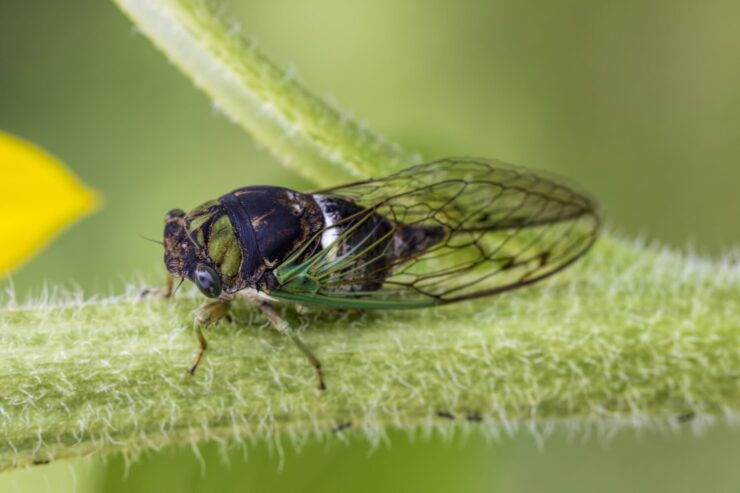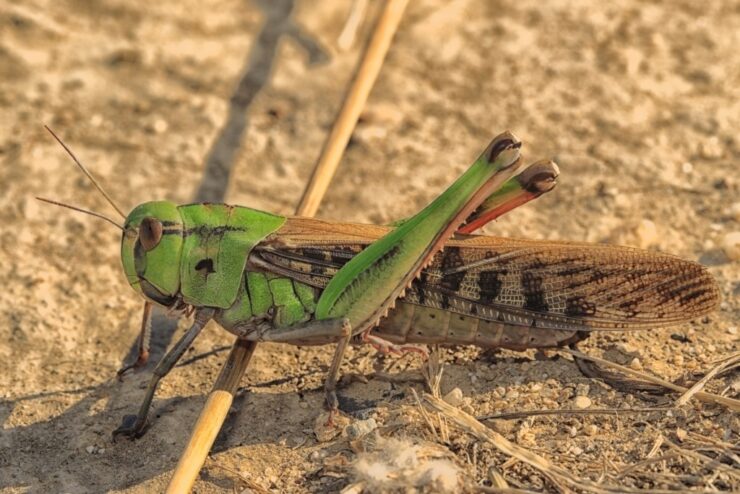Bring ’em if you’ve got ’em.
Yes, fellow gardeners, it is once again time to stock the Little Free Seed Library at my house. As always in the spring and fall, the top shelf of our Little Free Library (on the corner of 45th & Washburn) will serve as a seed-sharing space for the next couple of months.
I hope you’ll consider bringing some seeds to share, and if you do, please bring them in envelopes or baggies that are clearly marked with the name of the plant. I’ve put small, coin-sized envelopes and pens out there so people can choose seeds from larger envelopes and pack them up easily to take home.
The Differences Between Cicadas and Locusts
OK, now let’s get down to talking about cicadas and locusts. If you’re like me, and probably a zillion other people, what you think you know about these two critters is all mixed up. So how about we spend a few minutes sorting this mess out.
I grew up in Phoenix where there are a lot more cicadas than we have here in Minnesota. Their buzzing, which I love, was pretty much the soundtrack to my entire childhood.
But what I enjoyed, even more, was playing with the alien-like exoskeletons that cicadas shed and leave stuck to just about every surface in sight. Pinching those delicate shells between our fingers, my friends and I would march them around like we did our Barbies, acting out whatever we were playing that day.

I haven’t been able to find a source to prove it, but by the sound of it, I think we’ve got more cicadas this year than usual. Others who have thought the same have emailed to ask if I think this is one of those 17-year cycles where a huge swarm of them comes out of the ground to mate and wreak havoc on crops, or whatever it is they do when there’s a whole bunch of them.
Now, I’ve of course heard of the 17-year cycle of locusts, which I thought were the same thing as cicadas. But lacking any kind of useful answer for folks, I looked stuff up. And boy did I learn a lot.
First off—cicadas and locusts are completely different insects. What! I know, but it’s true, and the reason we get all confused about this is probably that both insects do behave in similar ways.
Locusts, however, are a type of grasshopper, while cicadas are related to crickets — the latter connection is far less obvious when you look at photos. Locusts are the critters that swarm, sometimes to the point of causing actual natural disasters and earning them a bad rap in the Bible, books and a fair number of sci-fi films and TV shows.
There are two types of cicadas, annual and periodical. True to their name, annual cicadas show up every year, though their life cycle is usually several years longer. They just spend the rest of that time underground, so we don’t see them.

Periodical cicadas have a 13- to 17-year life cycle. And that’s where we get our misguided ideas about the 17-year locust plague. Like annual cicadas, periodical species also spend a good deal of their lives underground. They just emerge far less often, and when they do, their numbers can be quite large, causing people to think they are a swarm or, yes, a plague of locusts.
Minnesota doesn’t even have periodical cicadas. So, even if we are hearing more of them this year, it’s not like we’re being overtaken by the critters or anything.
Unlike locusts, cicadas don’t destroy crops. They do feed on and lay their eggs on trees, but the damage isn’t usually a big issue. Generally present from early July to sometime in September, cicadas are harmless. So even though they look scary, don’t squish the poor things if you see them.
Once the nymphs finally come up out of the ground and leave their skins behind to become adults, they only get a few brief weeks to hum and buzz to attract mates and have a bit of fun before they die. So, the next time you hear that strange noise they make with their abdomens, know that what you’re hearing is really the sound of love.














